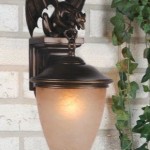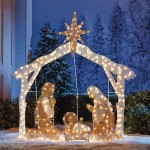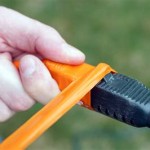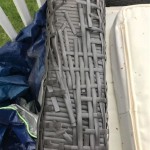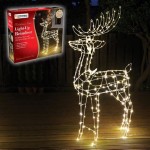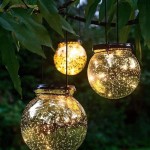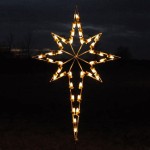Essential Aspects of Outdoor Projector Screens
Outdoor movie nights, sporting events, and presentations can be transformed into immersive experiences with the right outdoor projector screen. Choosing the ideal screen can enhance image quality, viewing angles, and durability in various outdoor conditions. This guide explores the key considerations when selecting an outdoor projector screen.
Types of Outdoor Projector Screens
Inflatable Screens: These lightweight, portable screens inflate quickly, making them ideal for temporary events. Their large size and quick setup are advantages.
Fixed Screens: Designed for permanent installations, fixed screens offer stability and durability. They are typically made from durable materials like tensioned vinyl or aluminum.
Foldable Screens: These compact screens are easy to transport and store. They can be set up quickly and provide a portable option for occasional outdoor events.
Material and Surface
Screen Material: Vinyl, polyester, and spandex are common screen materials. Vinyl provides durability, while polyester offers a lightweight and flexible option. Spandex has excellent elasticity and wrinkle resistance.
Surface: Matte surfaces evenly distribute light, reducing glare and providing a wide viewing angle. Reflective surfaces enhance brightness and are suitable for smaller screens and low-light conditions.
Gain: Gain measures the light reflectivity of a screen. Higher gain screens reflect more light, resulting in brighter images, but they may also narrow the viewing angle.
Viewing Angle and Size
Viewing Angle: Consider the intended audience size and viewing distance. A wider viewing angle allows for greater flexibility in placement and seating. Narrower angles provide more focused images.
Screen Size: Determine the appropriate screen size based on the throw distance of the projector and the viewing distance. Larger screens enhance immersion, but smaller screens may be more portable and affordable.
Durability and Weather Resistance
Outdoor Conditions: Outdoor screens should be weather-resistant to withstand sun, rain, and wind. Consider screens with UV protection and waterproof coatings.
Durability: The durability of the screen is crucial for long-lasting performance. Look for screens made from durable materials and robust construction to prevent damage.
Installation and Setup
Setup: Portable screens generally offer easy setup, while fixed screens require more installation effort. Consider the available space and mounting options when choosing a screen.
Maintenance: Regular cleaning and maintenance are essential to preserve the screen's performance. Use mild detergents and avoid abrasive materials that could damage the surface.
Additional Features
Wind Resistance: Screens with built-in wind flaps or ties help prevent movement in windy conditions, ensuring a stable viewing experience.
Carrying Case: Portable screens often come with carrying cases for easy transportation and storage. Consider a bag with padding to protect the screen from scratches and damage.
Conclusion
Choosing the right outdoor projector screen is essential for creating an optimal viewing experience. Consider the type of screen, material, surface, viewing angle, size, durability, and additional features to match your specific needs and outdoor environment. By carefully evaluating these factors, you can find the perfect outdoor projector screen to elevate your entertainment and presentations to new heights.

7 Diy Outdoor Screens How To Make A Homemade Screen

Genius The Backyard Theater You Can Build In A Day Bob Vila

What To Know Before Outdoor Projectors Screens Projectorscreen Com

How To Make A Diy Outdoor Screen One Handy Momma

What To Know Before Outdoor Projectors Screens Projectorscreen Com

Outdoor Screen Pottery Barn

How To Make An Easy Outdoor Screen

How To Build An Outdoor Theater At Home The Horticult

Make An Outdoor Screen

2024 Outdoor Portable Projector Buyer S Guide Screens Reviews
Related Posts
